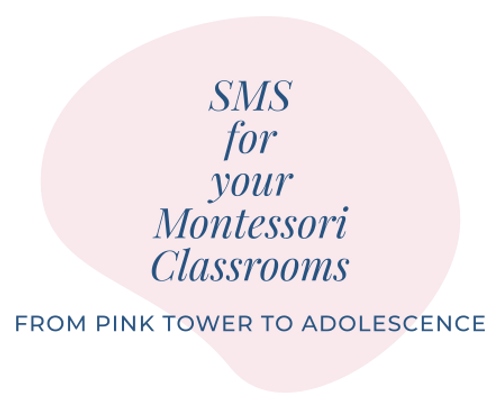Preparing the Secondary Montessori Environment: Guiding the Adolescent Toward Growth and Responsibility
- Anne Slamkowski
- Jun 12
- 3 min read

Dr. Maria Montessori emphasized that the prepared environment is central to the development of the learner—not just in early childhood, but throughout all stages of growth. In From Childhood to Adolescence, she stated, “Education should therefore include the two forms of work, manual and intellectual, for the same individual, and thus make it understood that these two kinds of work are not separate” (Montessori, 1948). This belief becomes especially important in secondary education, where the environment—both physical and relational—must support the adolescent’s need for identity, autonomy, and purpose.
The Environment as a Reflection of Developmental Needs
Adolescents are navigating a unique developmental phase characterized by heightened social awareness, abstract thinking, emotional complexity, and a deep need for belonging and significance. Dr. Daniel Siegel, in Brainstorm: The Power and Purpose of the Teenage Brain, explains that adolescents thrive when their environments offer opportunities for exploration, meaningful relationships, and personal agency (Siegel, 2013).
In response to these needs, the Montessori secondary environment is intentionally structured to:
Foster independence and interdependence
Promote relevance through real-world, purposeful work
Encourage reflection, choice, and accountability
Create a culture of mutual respect, curiosity, and growth
The Physical Environment
A well-prepared secondary classroom should feel more like a shared workspace than a traditional schoolroom. It typically includes:
Seminar tables for group dialogue and shared inquiry
Individual and small group workspaces for focused study
Shelf work and resource stations offering open access to tools and materials
Project spaces for hands-on, creative, or technical work
Quiet areas or Solo Time zones for personal reflection
Student-run operations (e.g., business corners, kitchen areas, garden plots) that foster real-world responsibility
These spaces help adolescents move fluidly between collaboration and solitude, between exploration and production.
The Teacher as Part of the Prepared Environment
Montessori wrote, “It is not enough for the teacher to love the child. She must first love and understand the universe. She must prepare herself, and truly work at it” (The Advanced Montessori Method, 1917). In the secondary context, the guide is not the center of attention, but a calm, competent, and responsive presence—modeling integrity, curiosity, and humility.
The guide:
Facilitates student-led inquiry
Models respectful communication
Observes with intention, intervening with care
Sets clear expectations with student input
Supports student ownership of behavior, learning, and contributions
Provides intentional work time for students to experience flow
Supports the student with silent solo time opportunities
Develops time for students to experience joy and delight
Prepares short 20 minute lessons to promote learning not just through the teacher, but other means
Structures That Foster Success and Reduce Misbehavior
Behavioral issues often stem not from defiance, but from unmet developmental needs. As Dr. Ross Greene asserts, “Kids do well if they can” (Lost at School, 2008). The secondary environment must be structured to make success possible:
Consistent routines (daily meetings, reflection time, work cycles) provide safety and predictability
Student choice over work cycles, topics, or partnerships supports autonomy
Co-created community norms foster ownership and reduce resistance
Restorative practices guide students to reflect, repair, and learn from mistakes
Setting clear expectations and consistently reviewing them with the class
In Culturally Responsive Teaching and the Brain, Zaretta Hammond emphasizes that environments must build both rigor and relationship. Adolescents need to feel respected, seen, and challenged. The prepared environment does this by removing power struggles and replacing them with shared responsibility.
The Environment as a Path to Agency
The goal of the prepared environment in secondary Montessori is to guide adolescents toward becoming self-aware, capable contributors to their communities. When we prepare the space—physically, socially, and emotionally—we provide students with the tools they need to manage their time, resolve conflicts, pursue their interests, and become lifelong learners.
Montessori believed that when the environment is right, the child becomes the constructor of their own development. This is equally true for adolescents, especially when that environment is built with their needs, strengths, and potential in mind.
References
Montessori, Maria. From Childhood to Adolescence. 1948.
Montessori, Maria. The Advanced Montessori Method. 1917.
Siegel, Daniel. Brainstorm: The Power and Purpose of the Teenage Brain. TarcherPerigee, 2013.
Greene, Ross. Lost at School: Why Our Kids with Behavioral Challenges are Falling Through the Cracks and How We Can Help Them. Scribner, 2008.
Hammond, Zaretta. Culturally Responsive Teaching and the Brain. Corwin, 2015.




Comments